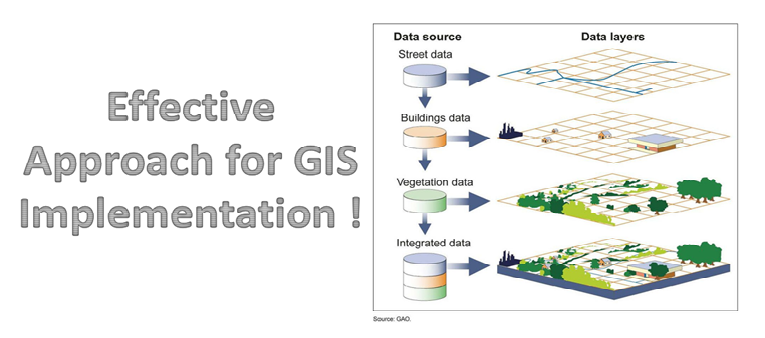6 Essentials for a Successful GIS Implementation
October 5, 2025 2025-10-06 7:596 Essentials for a Successful GIS Implementation
6 Essentials for a Successful GIS Implementation
Rolling out or migrating to a new Geographic Information System (GIS) can be complex and even well-planned projects can go off track without the right approach. As Esri Eastern Africa, we’ve had the privilege of working on hundreds of successful GIS implementations. Along the way, we’ve seen what sets strong projects apart from those that struggle. Whether you’re planning a new deployment or upgrading an existing system, here are six essential tips to help ensure a smoother, smarter GIS transition.
1. Keep it simple
It’s easy to over-engineer your GIS solution. Often, the simplest application delivers the most value early on. Start with a Commercial Off-the-Shelf (COTS) approach to establish an Initial Operating Capability (IOC). Resist the temptation to add complex features you don’t yet need. Focus on building a solid foundation, streamlining workflows, and analyzing performance. Once you’re confident in the results, you’ll be in a better place to scale up.
2. Let go of the legacy mindset
One of the most common mistakes in GIS migrations is trying to replicate your old system in the new one. Instead of rebuilding outdated processes, use the opportunity to design your system based on future needs. Trying to recreate legacy functionality often carries over the same limitations that led to the upgrade in the first place.
Leave technical debt behind, don’t bring it into your next-gen system.
3. Develop a smart data and services strategy
A GIS rollout is only as good as its data strategy, and surprisingly, this is often overlooked. Security is vital, but so is usability. Think about how your data will be used, not just how it’s stored. The more complex your requirements (e.g., fast web editing with detailed cartography and minimal infrastructure), the more trade-offs you may need to consider.
Evaluate what matters most; performance, accessibility, complexity and design your strategy accordingly. In some cases, creating purpose-built data copies for specific applications may be the right move. Finding the balance between competing requirements is both an art and a science.
4. Invest in ongoing training
Don’t expect your team to get the most out of a high-performance GIS system without the right training. A handover at the end of the project isn’t enough. Insist on structured, ongoing learning ideally through customized or instructor-led courses tailored to your team’s needs.
You can also supplement formal training with webinars, technical blogs, and user groups to keep skills sharp and knowledge current.
5. Engage your IT team early
Getting executive buy-in is critical, but don’t overlook your IT department. They can make or break your GIS project. Involve IT from the beginning, and make sure they understand the vision for your GIS. You might even discover a champion for your project within their team.
If IT is concerned about resources or system demands, your GIS provider should offer solutions that boost both capacity and confidence.
6. Don’t rush to replace everything
Modern GIS implementations don’t have to start with a full system replacement. Many organizations like Nairobi Water are taking a hybrid approach: integrating new GIS technologies alongside legacy systems to enhance, not eliminate existing processes. This staged transition allows for a more flexible, lower-risk rollout and better long-term results.
Sometimes, the smartest move is to modernize in phases rather than flip the switch all at once.
A successful GIS implementation doesn’t happen by chance, it’s the result of careful planning, future-focused thinking, and strategic execution. Keep things simple, focus on the future, build a smart data foundation, train your people, involve IT early, and adopt a phased approach. These six essentials can set your organization up for long-term GIS success.
Need guidance along the way? Contact us






